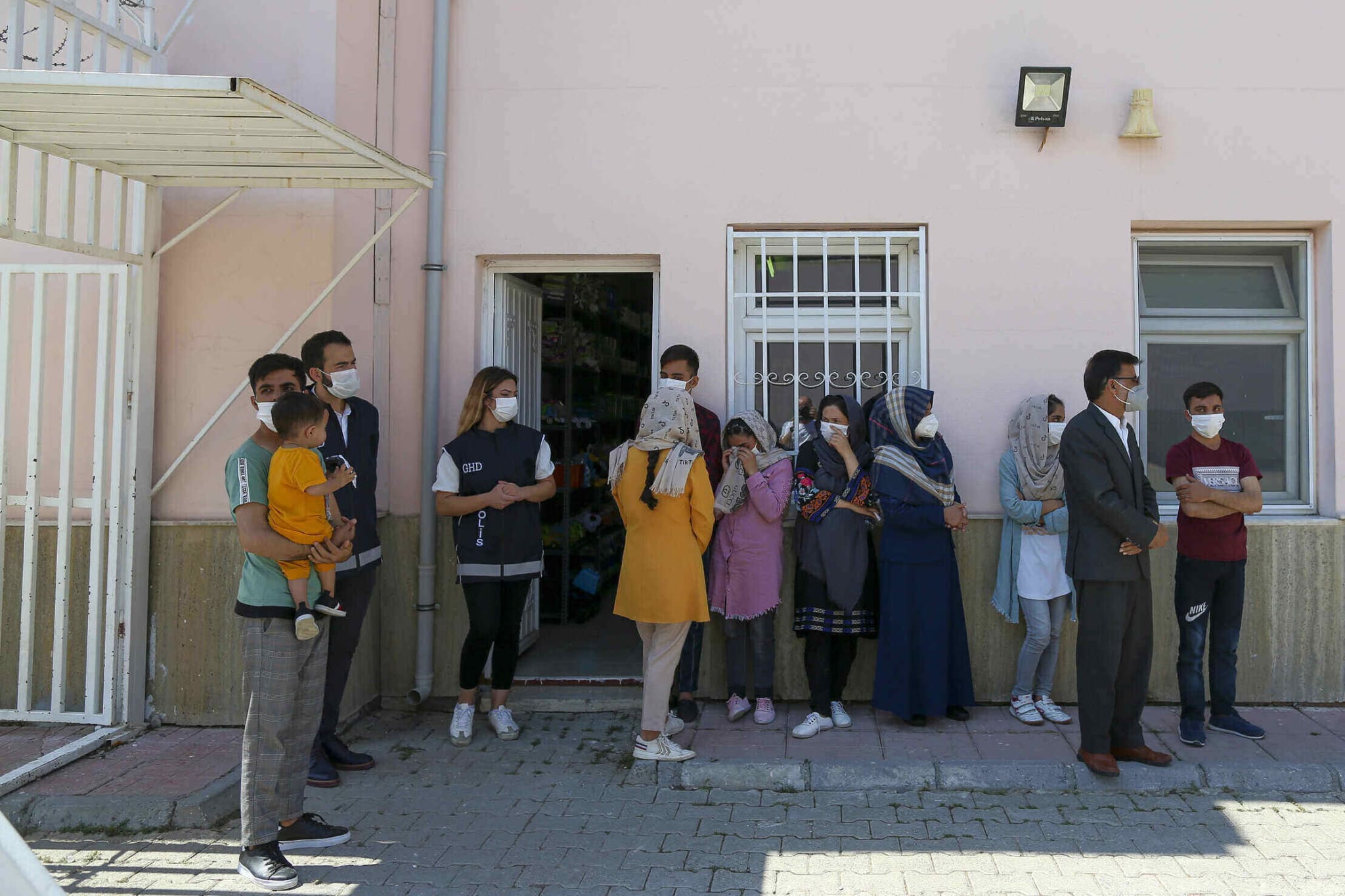The situation in Afghanistan could significantly change the migration routes to Europe in the coming months. In recent years, refugees have been heading mainly across the Mediterranean to countries such as Greece, Italy, and Spain. Now, the so-called Balkan route, which begins in Turkey and leads through Greece and Macedonia or Bulgaria to Serbia and then deeper into Europe, could make a major comeback.
In the first half of this year, over 39,000 migrants came to Europe. The vast majority of them reached the continent via the Mediterranean Sea. Only less than 3,000 refugees have chosen the “dry” land route, which leads along the aforementioned Balkan route.
This follows from the data of the Czech Ministry of the Interior, which also mention that people from Afghanistan are already among the most common nationalities coming to Europe by land.
Josef Kraus, a security analyst at Masaryk University in Brno, also admits a possible change in traditional migration routes.
“I can imagine that,” Kraus told the Právo daily.
Everything should be clearer in a few months, Kraus believes. So far, mainly employees of embassies or armies are fleeing from Afghanistan. But according to Kraus, the main mass of people will leave the country for neighboring states, such as Iran and Pakistan.
“The problem now is that the Taliban is controlling the country and getting out is not easy or fast. So far, only people from border regions are heading to neighboring countries. People from Kabul or the center of the country will need a little more time for that,“ Kraus said.
The time lag from the current situation to the possible arrival of Afghan refugees in Europe may be influenced by other factors. According to the analyst, the question is how it will be possible to go through Iran and Pakistan and how these countries will prevent refugees from crossing the borders.
Turkey will be important
Another unclear element is how Turkey will react to a possible refugee wave. The country has built a similar wall on the border with Iran as the US on the border with Mexico. In addition, there are already several million refugees in Turkey who have arrived in previous years.
“It will depend a lot on how the Turks will react. Whether they will prevent a larger mass of people from crossing the border. Another problem is crossing the border from Turkey to the Balkans. It is clear there that the EU will have a lot to deal with and that Euro-Turkish relations will be addressed. However, these are all long-term processes,” said Kraus, according to whom Turkey has shown in the past that it uses migration as a lever for negotiations with the EU.
A similar situation occurred six years ago when a wave of migration from Syria swept Europe. As a result, the EU agreed with Turkey in April 2016 to stop the flow of refugees traveling from Turkey to Greece and from there to Europe. Under the agreement, the Union has decided to give €6 billion to refugee aid projects. Two months ago, the EU pledged to send another roughly €3 billion, which should go to projects in favor of Syrian refugees who now live in Turkish refugee camps.
Title image: Migrants, mainly coming from Afghanistan, at a deportation center in Turkish city of Van that borders Iran, Turkey, Sunday. Aug. 22, 2021. Traffic on this key migration route from central Asia to Europe has remained relatively stable compared to previous years. But European countries, as well as Turkey, fear the sudden return of Taliban rule in Afghanistan could change that.(AP Photo/Emrah Gurel)






